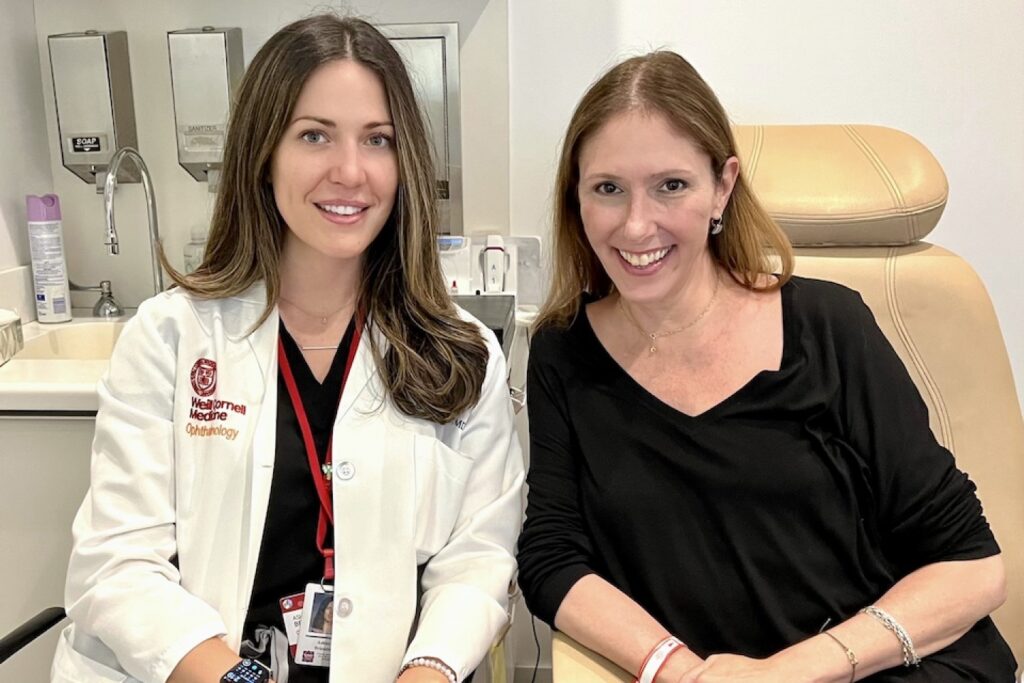Introduction:
bone marrow transplants, also known as stem cell transplantation, is an effective treatment for various blood cancers, including leukemia, lymphoma, and multiple myeloma. However, myths and misconceptions about bone marrow transplants often prevent people from undergoing this life-saving procedure. In this blog post, we will discuss some of the common myths and misconceptions about bone marrow transplants, and how to overcome them.
Myth 1: Bone marrow transplant is a painful and invasive procedure:
Myth 2: Age is a barrier to bone marrow transplantation:
Myth 3: The donor must be a perfect match:
One of the most significant myths about bone marrow transplantation is that the donor must be a perfect match. While a perfect match is ideal, it is not always necessary. In fact, there are three types of bone marrow transplantation: autologous, allogeneic, and syngeneic.
Autologous transplantation involves using a patient’s stem cells, which are harvested and stored before undergoing high-dose chemotherapy or radiation therapy. Allogeneic transplantation involves using a donor’s stem cells, which can be a close match, a partially matched relative, or an unrelated donor. Syngeneic transplantation involves using a donor who is an identical twin.




